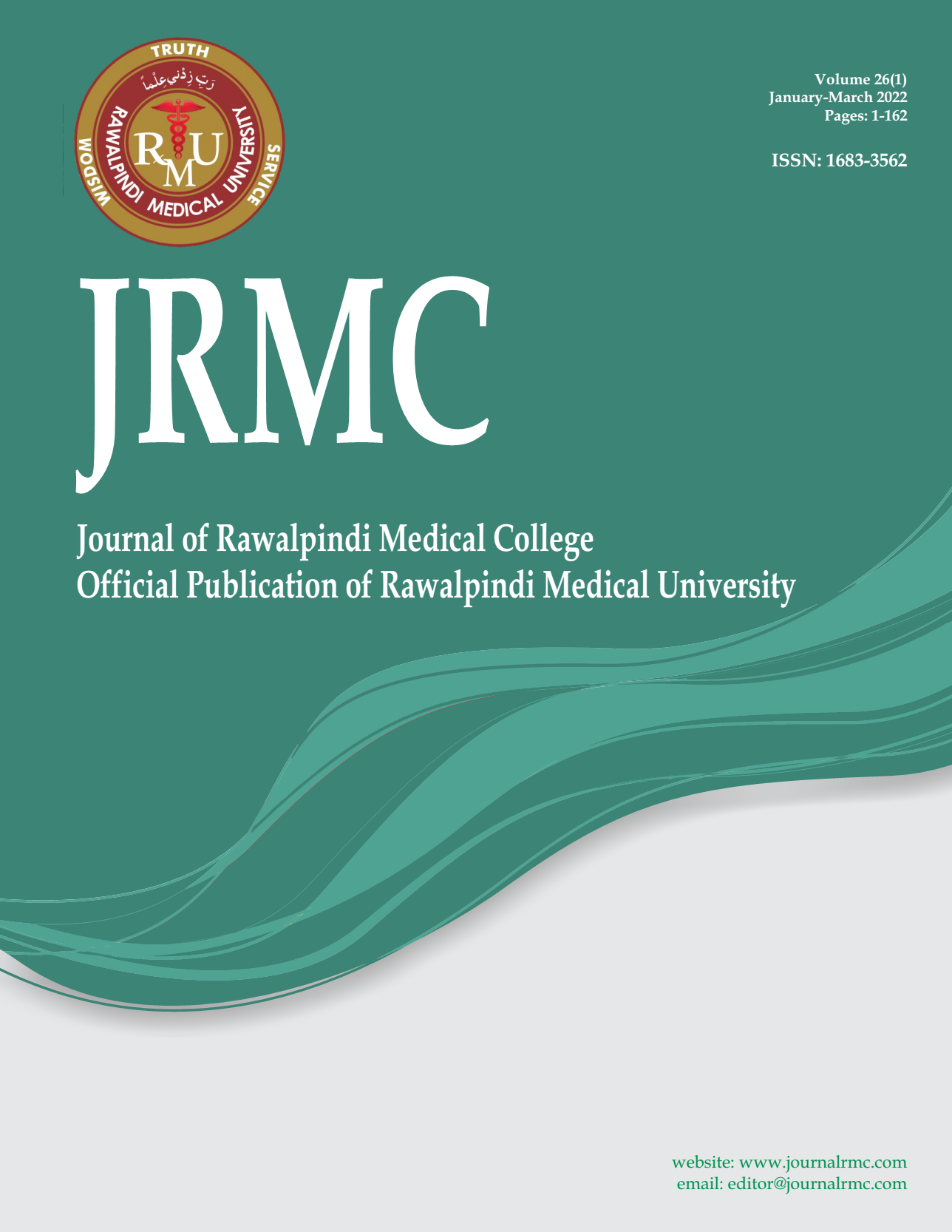Abstract
Objective: To compare the efficacy and safety of topical silymarin 0.7% with topical hydroquinone 4% in the treatment of melasma.
Place and Duration: This Randomized Controlled Trial was conducted at dermatology OPD of Akbar Niazi Teaching Hospital, Bara Kahu, Islamabad, in a period of one year from April 2020 to April 2021.
Patients and Methods: Female patients having melasma were included in the study. The severity of melasma was assessed using MASI score. Group A was treated with silymarin 0.7% cream and group B was treated with topical hydroquinone 4% cream. Treatment was given for 3 months and was followed up for the next 3 months to observe relapse. Clinical efficacy was assessed in terms of percent reduction in MASI score from baseline.
Results: The mean age in group A (Silymarin 0.7%) was 35.13 ± 3.87 and in group B (Hydroquinone 4%) was 34.16 ± 3.90. Epidermal type of melasma was most common (76.8% vs 62.5%) in both groups. There was no significant (p-value < 0.05) difference between both groups after one and two months treatment but mean MASI score of Hydroquinone 4% group (10.59 ± 5.74) become significantly (p-value < 0.05) less than Silymarin 0.7% group (8.20 ± 4.41) after 3 months. Similar (p-value > 0.05) therapeutic response was observed after one and two months treatment but it become significantly better in Hydroquinone 4% group after three months treatment. Significantly, (P-value < 0.05) higher adverse effects were detected in patients treated with hydroquinone. There was no difference (P-value > 0.05) in recurrence rate and patients satisfaction between both groups.
Conclusion: topical silymarin has equal efficacy for the treatment of melasma with comparatively very less adverse effects as compared to hydroquinone.

This work is licensed under a Creative Commons Attribution-ShareAlike 4.0 International License.
Copyright (c) 2022 Sumaira Abdullah, Mahwish Ahmed, Mahvish Aftab Khan, Tayaba Iqbal, Shawana Sharif, Farhat Rehman

